Brought to you by HubSpot Media
Trends & Research
Dive into the latest data-backed business trends, research insights, and industry analyses to help you build better. For more, click the button below to subscribe to our free weekly newsletter.

Trends Newsletter: Featured Articles
-1.png?width=567&height=377&name=Copy%20of%20Featured%20Image%20Template%20Backgrounds%20(20)-1.png)
A $483m Health Niche Ripe with Opportunities
Vagus, baby! Bet your bottom dollar this $483m market will take off. Check out 10+ opportunities to cash in.
-3.png?width=567&height=377&name=Copy%20of%20Featured%20Image%20Template%20Backgrounds%20(19)-3.png)
How to Build for The Rise (And Fall) of Businesses
Starting a business? Messy. Shutting one down? Definitely messy. Here are 3 ways to turn all that chaos into cash.
-1.png?width=567&height=377&name=Copy%20of%20Featured%20Image%20Template%20Backgrounds%20(18)-1.png)
8+ Opportunities to Capitalize on The Legal Tech Boom
This $30B industry is growing so fast it should be illegal. See how you can hop on and start making bank.
.png?width=567&height=377&name=Backgrounds%20(2).png)
3 Lessons from A Founder of 2 Million-Dollar Companies
Check out this 3-time Emmy winner who built 2 million-dollar startups, and pivoted from media to fintech at 50.
-1.png?width=567&height=377&name=Copy%20of%20Featured%20Image%20Template%20Backgrounds%20(17)-1.png)
3 Ways to Help Seniors Live That Fit and Fabulous Lifestyle
We explore 3 ideas to build for active seniors in the billion-dollar market of fitness experiences.

7 Expert & Data-Backed Trend Predictions for 2024
We asked a few badass colleagues and expert Trendsters what they think will be huge for brands in 2024.
-1.png?width=567&height=377&name=Backgrounds%20(3)-1.png)
How to Cash in on The Rise of ‘Antisocial’ Foodies
We spell out 3 ways you can build a biz around the growing trend of people dining out alone.
-3.png?width=567&height=377&name=Copy%20of%20Featured%20Image%20Template%20Backgrounds%20(3)-3.png)
How Media Leaders Will Make AI Work in 2024
HubSpot’s VP of Media shares 3 things that media leaders should do to take AI to the next level.
.webp?width=567&height=377&name=Copy%20of%20Featured%20Image%20Template%20Backgrounds%20(14).webp)
How to Earn Customer Love as Dating Apps Fall Behind
Online dating is a $9.6B market. But, it's not perfect. Learn how your business can solve for its problems.
- Influencers Cash In on the Food & Beverage Industry
- A $40m Startup's Founder Shares Growth Insights
- The Billion-Dollar Opportunity to Help Women Navigate Menopause with Grace
- How Brands Can Cash In on the Joyconomy
- How Restaurants Are Spicing Up Employee Benefits
- 3 Business Opportunities for Entrepreneurs in 'Fix It' Culture
- 3 Tips on Launching a Kickass Podcast
|
Join 350k+ business builders, owners, entrepreneurs, and strategists across tech, marketing, sales, service and more in getting the latest data and insights on how to grow better companies and where to build next. Subscribe to our free Trends Newsletter for free today, and stay tuned for new content every Tuesday. |
Enter your email address to subscribe to Trends. |
Marketing Insights
.webp?width=567&height=377&name=Marketing%20Strategy%20%26%20Trends%20Report_v2%20(1).webp)
The HubSpot Blog's State of Marketing Report
We surveyed 1200+ global marketers to learn about the biggest opportunities, challenges and trends they expect to face in 2024.
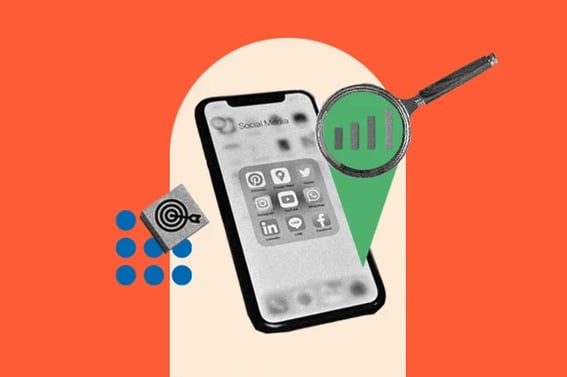
The HubSpot Blog's Social Media Marketing Report
Discover What we learned from surveying 1000+ global social media marketers about their 2023 goals, challenges, and more.
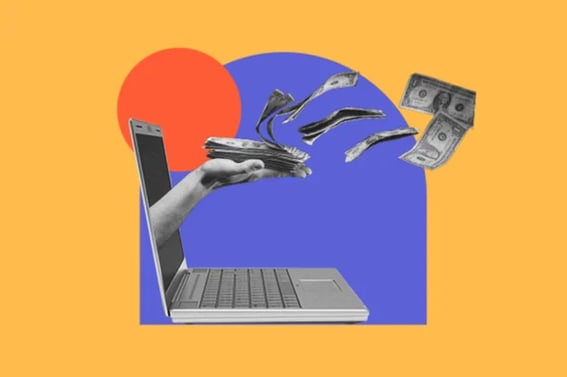
The Biggest Consumer Shifts Happening Now [New Data]
We tracked consumers quarterly to learn how consumer shifts could continue to impact your business in the coming months.
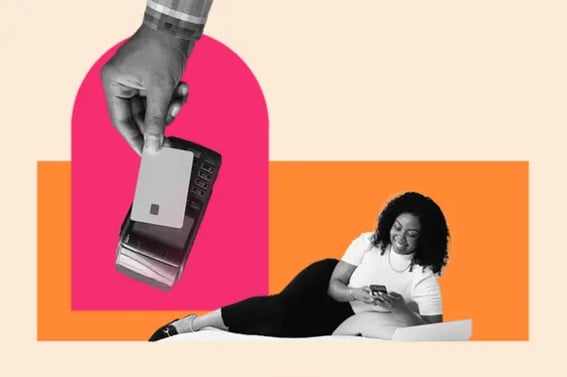
Top Shopping Trends Brands Need to Know About [Data]
We polled more than 500 consumers to pinpoint how shopping habits are shifting. Here's what you need to know.
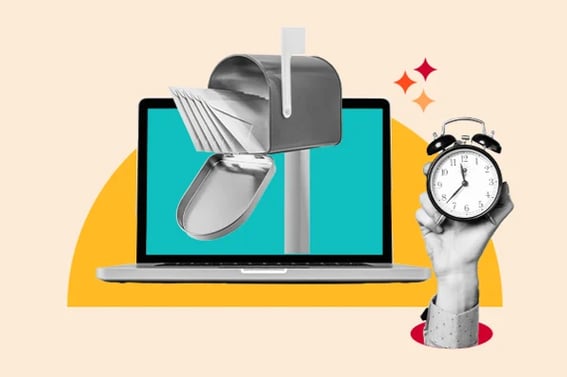
The Best Time to Send an Email [Email Marketer Data]
We asked 100+ email marketers when the see the most optimal email send engagement. Here's what they said.
-1.webp?width=567&height=377&name=Untitled%20design%20(32)-1.webp)
Twitter is Dead (Kind of): Where X Stands With 200+ Consumers
After Twitter's rebrand to X and Threads' launch, we asked consumers what they think about these platforms.
- The State of Consumer Trends Report [Data from 1000+ Consumers]
- When's the Best Time to Post on Instagram in 2023? [Data-Backed Cheat Sheet]
- Holiday Shopping Trends to Leverage (Even After the Holidays)
- Email Marketing Trends [Data & Expert Insights]
- How to Gain Your First (or Next) 1,000 Instagram Followers - 26 Tips
Fast Facts & Figures
Check out a few interesting data points you'll see in some of our blog posts.
-
78%
of global marketers believe their field has changed more in the past three years than it had in the past five decades.
-
84%
of social media marketers believe social media DMs will become the preferred way consumers contact brands.
-
41%
of consumers discovered a new product on social media in Q3 of 2023. (It's the top product discovery channel for Gen Z and Millennials.)
Sales & Service Insights

The State of Sales [Data & Insights from 1400+ Sales Pros]
Discover the goals, challenges, and trends in B2B and B2C sales, and learn how sales professionals are reimagining the customer relationship.

State of AI in Sales [Data from 200+ Sales Professionals]
69% of sales professionals agree that by 2024, most people will use some form of AI or automation to assist them in their jobs. Here's how.
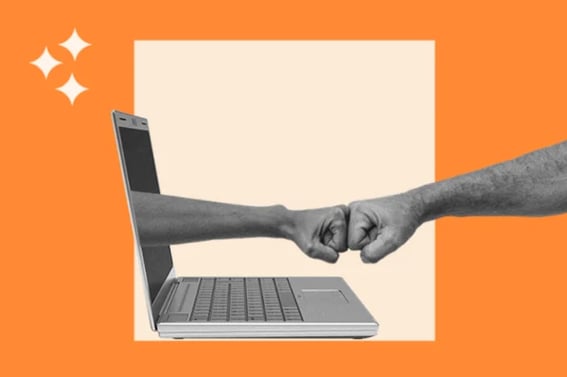
State of AI in Service [Data from 1000+ Service Reps]
Learn about what makes a company customer-focused from 10 CEOs who built their own customer-focused companies.
.webp?width=567&height=377&name=good%20introduction%20sentence%20(1).webp)
Customer Loyalty Isn't What It Used to Be [New Data]
"Our research has uncovered insights into customers’ changing priorities and preferences. Here's how to adapt.
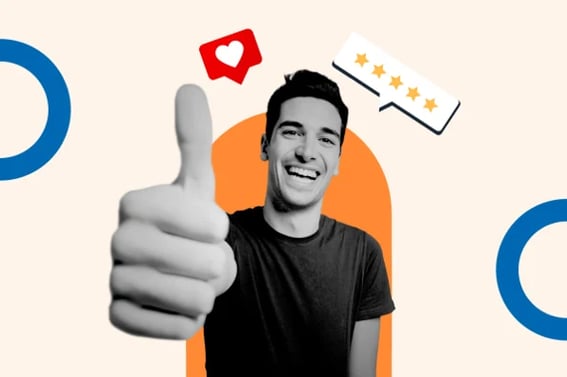
How Customer Experience Has Changed in the Last Decade
We explore data and expert takes on how CX has changed in the past 10 years -- and how it might evolve.

The Truth About Acquisition Costs (& How Customers Help)
We dig into the data around customer acquisition challenges -- and note how great customer service can help.
Reports & Media
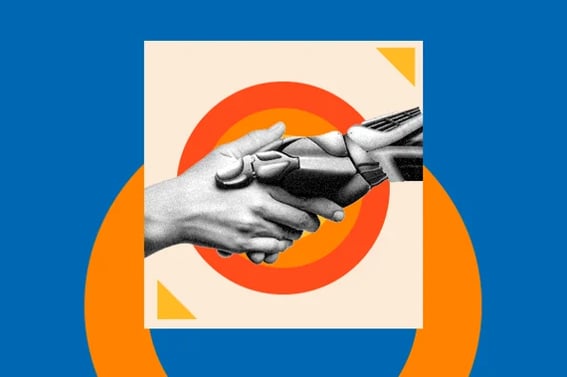
State of AI Trends for Marketers
Learn how marketers are using AI, practical tips for integrating AI into your tech stack, and key insights into the future of marketing with AI.
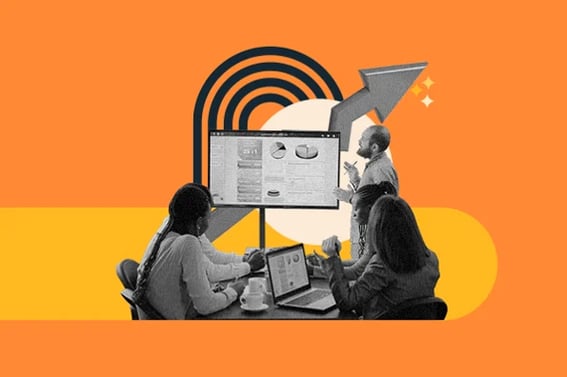
State of Sales Trends Report
HubSpot's annual State of Sales Report is back and better than ever with tactical data from 1000+ global sales professionals.
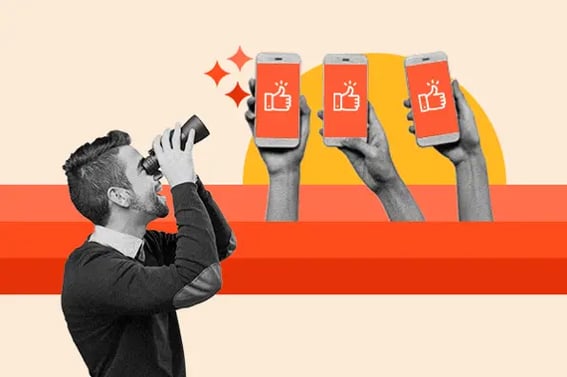
Social Media Trends Report
Are you a social media marketer looking to grow your audience? Here's the ultimate report of data and insights from 1000+ social media pros.
The Economics of Spotify - The Hustle YouTube Channel
How to Earn $200k a Year With 10k Subscribers - Marketing Against the Grain

- Brainstorming ChatGPT Business Ideas with a Billionaire [My First Million]
- Inflanation, Recession, and McDonald's Chicken Nuggets [Hustle Daily Show]
- How Your Newsletter Could be Worth Millions [Deep Dive]
- The Truth Behind Black Friday Deals [Deep Dive]
- The Truth Behind the Luxury Clothing Industry [Deep Dive]
|
Join 350k+ business builders, owners, entrepreneurs, and strategists across tech, marketing, sales, service and more. Get the latest data and insights on how to grow better and where to build next in our free Tuesday Newsletter. |
Enter your email address to subscribe to Trends. |
